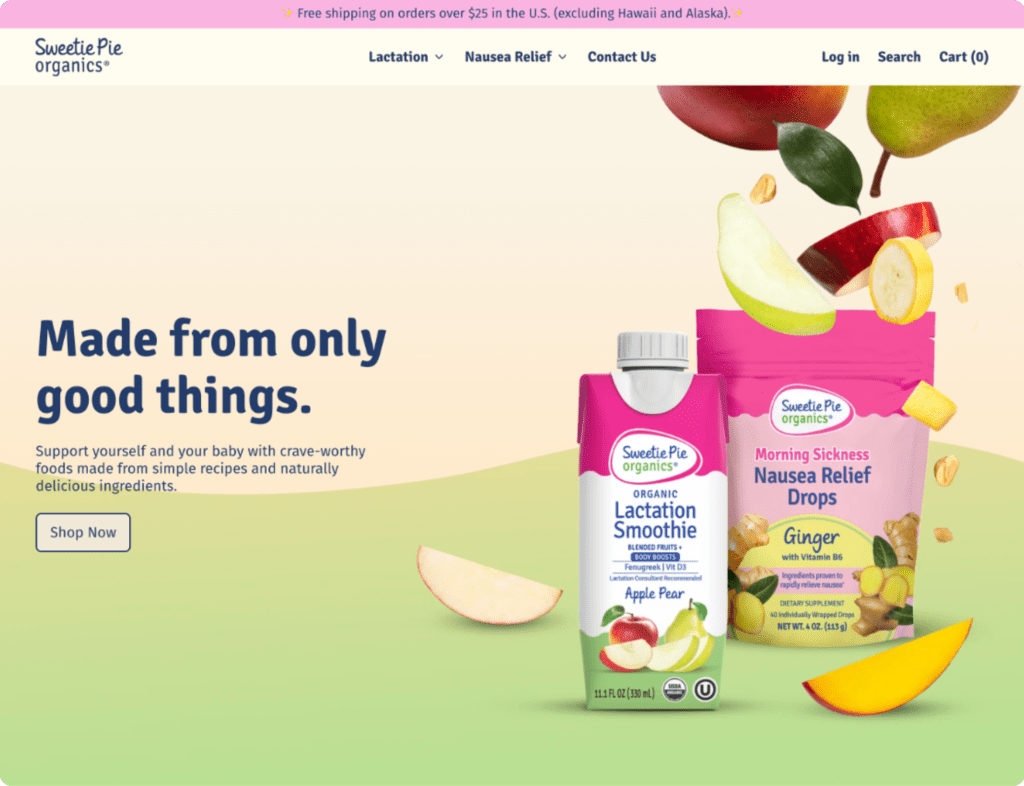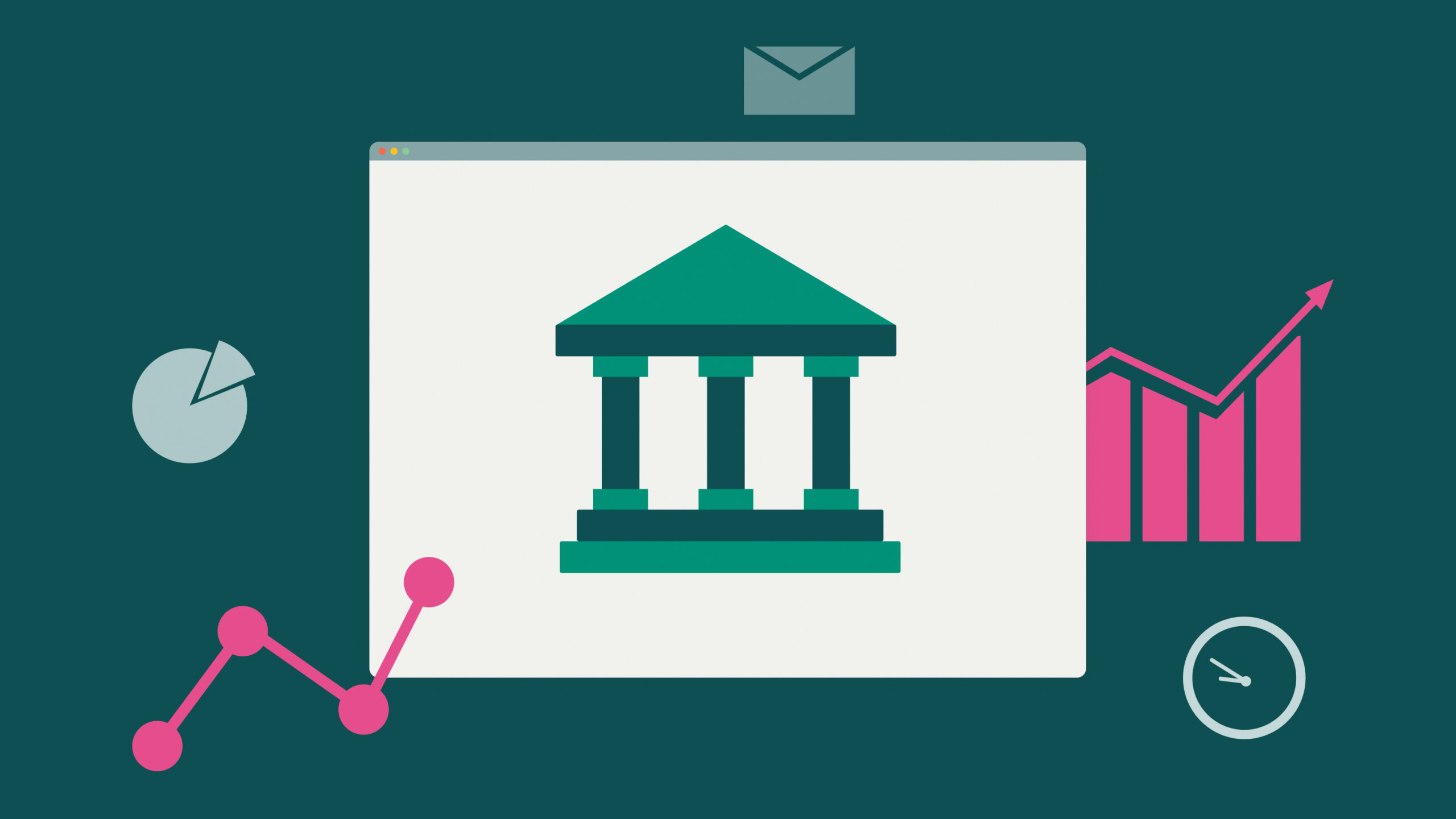Estimated reading time: 9 minutes
Deciding whether to build or buy an e-commerce store is one of the biggest choices online retailers face. It’s like deciding whether to renovate an old house or build a brand-new one.
Get it right, and you’ll create a beautiful, streamlined customer experience. Make the wrong call, and you could be dealing with costly frustrations and missed sales opportunities.
This decision impacts everything – your budget, timeline, and future flexibility. That’s why we’ve put together a list of the pros and cons of building vs. buying an e-commerce store to help you pick the best option for your online store.
Related Links
An Overview of Essential E-commerce Store Features and Functionalities

Understanding the fundamentals is crucial for informed decision-making, so before we break down the complexities of choosing a solution that fits your needs, we should explore the e-commerce features that matter the most.
Your e-commerce store acts as your digital storefront. You want it to be visually appealing, well-organized, and memorable since all those factors will ultimately persuade visitors to make a purchase.
So, what separates a high-converting online store from one that leaves a lot to be desired?
Here are the key factors:
- UX design, or the core element of your e-commerce store. It’s what creates the ambiance, influencing customer perception and behavior. If it’s cluttered and confusing, customers will bounce fast because they won’t be able to find what they’re looking for. On the other hand, if it’s sleek and intuitive, they’ll stick around and browse. Prioritize clean layouts, visual hierarchy, and clear calls to action.
- Mobile responsiveness. It’s no longer an option but non-negotiable. Mobile users are five times more likely to abandon the website if it isn’t mobile-friendly. With almost 60% of people using their phones to browse the internet, your site must adapt perfectly to any screen size. If it doesn’t, you’re leaving a lot of money on the table.
- Search and navigation. Make it dead simple for customers to find what they need. Intuitive navigation menus, filters, and a powerful search bar are mandatory.
- Product pages. This is where purchase decisions are made. Ensure your product pages shine with high-quality images, a 360-degree view, zoom functionality, compelling descriptions, pricing info, and customer reviews for social proof.
- Secure & speedy checkout. Don’t let your sales slip through the cracks of a complicated checkout process. The final hurdle shouldn’t be an obstacle course. According to statistics, 25% of consumers abandon the shopping card because they don’t trust the website enough. Similarly, a complicated checkout process is to blame for 22% of abandoned shopping carts. To avoid such scenarios, offer multiple payment options, guest checkout, and a streamlined experience that doesn’t scare shoppers off with hidden fees or endless forms.
The Case for Building Your Own Ecommerce Platform
Sometimes, out-of-the-box solutions just don’t cut it. If you’re looking for maximum control and the ability to truly tailor your store, building your ecommerce platform might be the best way to go.
So, the top pros you should consider include:
- Unmatched freedom and control. It’s like owning your own store outright. You’re not confined to a template — you get to decide on every feature, user flow, and design element. The only limits are your vision, needs, and ideas.
- Tailored to complex business requirements. If you have some unique needs, specific shipping rules, or specialized product offerings, building from scratch is the right choice. It allows you to craft a system that perfectly accommodates your business processes with no clunky workarounds required.
- Evolves with your growth. Pre-built platforms can become restrictive as you scale. A custom solution gives you the flexibility to adapt and add features alongside your business’s growth without hitting a feature wall.
- Long-term cost savings. While the initial investment may be hefty, building your platform can be more cost-effective in the long run. You won’t be tied into subscription fees that might go up or potentially costly add-ons as your business expands.
Cons of Building Your Own E-commerce Platform
Let’s be realistic — building your own e-commerce platform isn’t all sunshine and rainbows.
It comes with its fair share of downsides.
Some of them are:
- The time factor. Building a robust platform from the ground up takes serious time. If you need a solution that is up and running fast, this might not be the path for you.
- Technical expertise is required. You’ll need a skilled development team and a substantial budget to hire one. Web development, coding, and e-commerce knowledge are essential, not just nice-to-haves.
- Ongoing Maintenance: Just because it’s built doesn’t mean it’s done. You’ll need to dedicate resources to updates, security patches, and fixing any bugs that pop up.
- No out-of-the-box support. Forget about calling a convenient help desk if something goes wrong. You’ll be responsible for troubleshooting or potentially bringing in outside help.
Key takeaway:
Building your platform is a big commitment. Make sure you have the resources, timeline, and technical know-how to make it a success before diving in headfirst. But most of all, think about whether your business is currently at a stage where a custom solution is the best use of resources. Finally, if this is what you need, don’t limit yourself only because of a shoestring budget. There are lots of decent financing options for startups you can take advantage of and build an e-commerce platform that will cater to your specific needs and business model.
The Case for Buying an Existing E-commerce Platform
To use the analogy from the beginning of our article: sometimes, the best move is to buy that house that’s already built and just give it your personal touch.
The same can be true for e-commerce platforms.
Here’s why buying might be the right fit:
- Get to market faster. If time is of the essence, a pre-built platform can get your store online quickly. No lengthy development cycles – you could be selling in weeks rather than months. This also means you’ll start building your customer base and making money faster.
- Lower upfront costs. While the cost of buying a platform can vary, it’s often a more budget-friendly option compared to building from scratch. So, if you’re on a shoestring budget, this is the best solution.
- Proven functionality. When you purchase a platform, you’re also buying into stability and support. Existing solutions come with tried-and-tested features. This means less risk of encountering unexpected bugs or having to reinvent the wheel.
- Simplified support. Popular platforms usually offer support channels, documentation, and communities to tap into when you need help. No need to waste time troubleshooting everything on your own. The vendor handles the ongoing maintenance and updates, significantly reducing the need for a dedicated internal tech team. This can be particularly appealing for businesses with limited technical resources.
- Focus on your business. With the technical heavy lifting taken care of, you can focus on what you do best – growing your business, crafting marketing campaigns, and serving your customers.
Cons of Buying an Existing E-commerce Store
Like any decision, there are some drawbacks to consider when opting for a pre-built ecommerce platform.
- Limited customization. You might have to compromise on certain features or design elements to fit within the platform’s framework. Deeply customized experiences can be harder to achieve.
- Recurring subscription fees. Most platforms come with monthly or annual fees. These can add up over time, so it’s important to factor them into your long-term budgeting.
- Less control over updates. The truth is that you depend on the platform’s development roadmap. If they make updates you don’t like or remove a feature you rely on, there’s not much you can do about it.
- Potential for outgrowing the platform. If your business experiences rapid growth or your needs change drastically, you might find yourself limited by the pre-built platform’s capabilities.
Building An E-Commerce Store: A Case Study

The case study highlights the transformation of Sweetie Pie Organics’ eCommerce website through collaboration with a design team. The focus was on creating a visually appealing and user-friendly platform for their innovative food solutions targeted at expecting and breastfeeding mothers. Here are the key points and benefits of building an eCommerce store as illustrated in this case study:
- Visual Identity and Messaging: The redesign aimed at redefining the brand’s visual identity and messaging. This helped in creating a fresh and appealing look for the website, enhancing brand perception and attracting more customers.
- Improved Purchasing Experience: By utilizing a Shopify template and incorporating custom site structure and design elements, the website drastically improved the purchasing experience for customers. This likely led to increased customer satisfaction and retention.
- Custom Illustrations and Iconography: The addition of custom illustrated icons injected personality and brand identity into the website, making it more engaging and memorable for visitors. This customization can differentiate the brand from competitors and create a stronger connection with customers.
- Product Showcase and Information: The redesigned product pages strike a balance between providing important product information, showcasing eye-catching visuals, and delivering compelling messaging. This can lead to increased conversions as customers are better informed and more compelled to make a purchase.
- Brand Growth and Differentiation: The collaborative approach between the design team and Sweetie Pie Organics enabled a deep understanding of the brand’s unique selling points. Translating this understanding into the website design paved the way for brand growth and differentiation in the competitive marketplace.
Overall, this case study exemplifies how investing in building an eCommerce store can result in tangible benefits such as improved user experience, enhanced brand perception, increased sales, and long-term growth opportunities.
Key takeaway
Buying an existing e-commerce store is often a smart choice for new businesses that prioritize a quick launch and a reliable foundation and prefer to dedicate resources to growth rather than development.
However, before such a move, make sure to thoroughly investigate the platform’s features and limitations to ensure it aligns with both your current needs and your vision for future growth.
In Conclusion
So, to build or buy? That is the question. But, as you can see, there’s no one-size-fits-all answer. It depends on your business’s unique needs, resources, and long-term goals. Hopefully, we’ve given you some food for thought and helped you make the best decision.
Contact Matchbox Design Group Today!
If your website could use a refresh, if you’re looking to drive more traffic to your site, or you would like to submit a guest post, fill out the form below and we’ll contact you to learn more about your digital needs.



